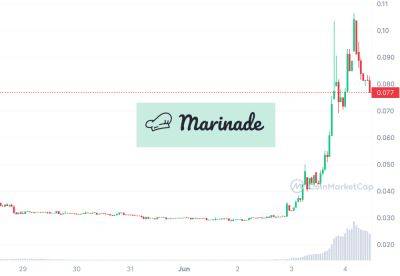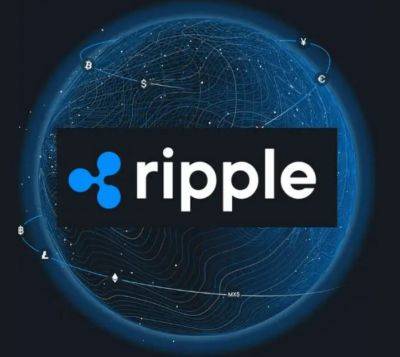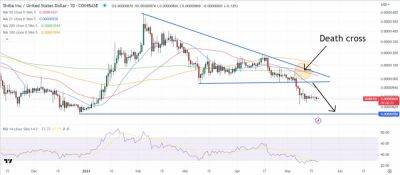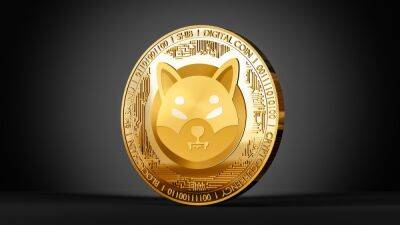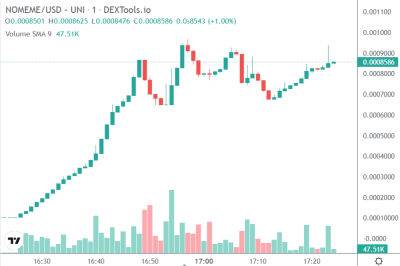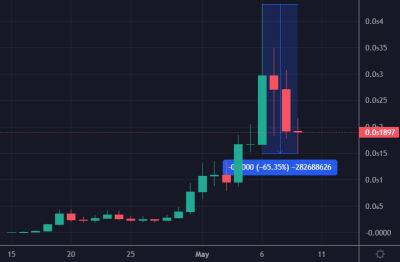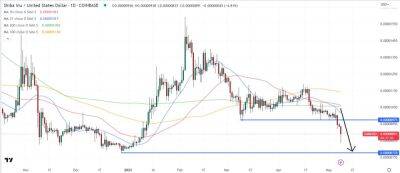From DOGE to PEPE: The evolution of memecoins and the search for substance in the crypto industry
As the crypto industry continues to evolve, there has been a growing interest in “memecoins” — digital assets that often have little to no underlying value, but instead rely on internet culture and social media hype to gain popularity. From the meteoric rise of Dogecoin (DOGE) to the recent launch of the Pepe memecoin (PEPE), these coins have captured the attention of the masses and have even seen some success in the market. However, as the market matures, the pressure is on for crypto projects to offer more than just a catchy name or meme-worthy mascot.
Memecoins can be traced back about a decade to the success of Dogecoin. Created as a joke by two software engineers in 2013, Dogecoin gained a significant following among meme-loving traders, and its mascot, Shiba Inu, became an overnight internet sensation.
Despite its lack of real utility or purpose, Dogecoin soared, briefly surpassing Bitcoin (BTC) in 2014 and even reaching its highest market capitalization of $88.8 billion in May 2021 at a price of $0.6818 per DOGE. Its success and endorsement by prominent figures such as Elon Musk have paved the way for other coins such as Shiba Inu (SHIB), Baby Doge and most recently, Pepe Coin. In April 2023, Musk even briefly replaced Twitter’s iconic bluebird logo with Dogecoin’s official mascot from the Shiba Inu meme. Around this time, DOGE rallied as much as 40% on the news.
pic.twitter.com/wmN5WxUhfQ
Launched in early 2023, PEPE quickly captured the attention of the internet community and has since reached a market capitalization of over $1 billion, with recent listings on platforms such as Binance, Huobi, Bitget, Gate.io, XGo and OKX, to name a few.
Although it has been a runaway success since its launch, the anonymous
Read more on cointelegraph.com



